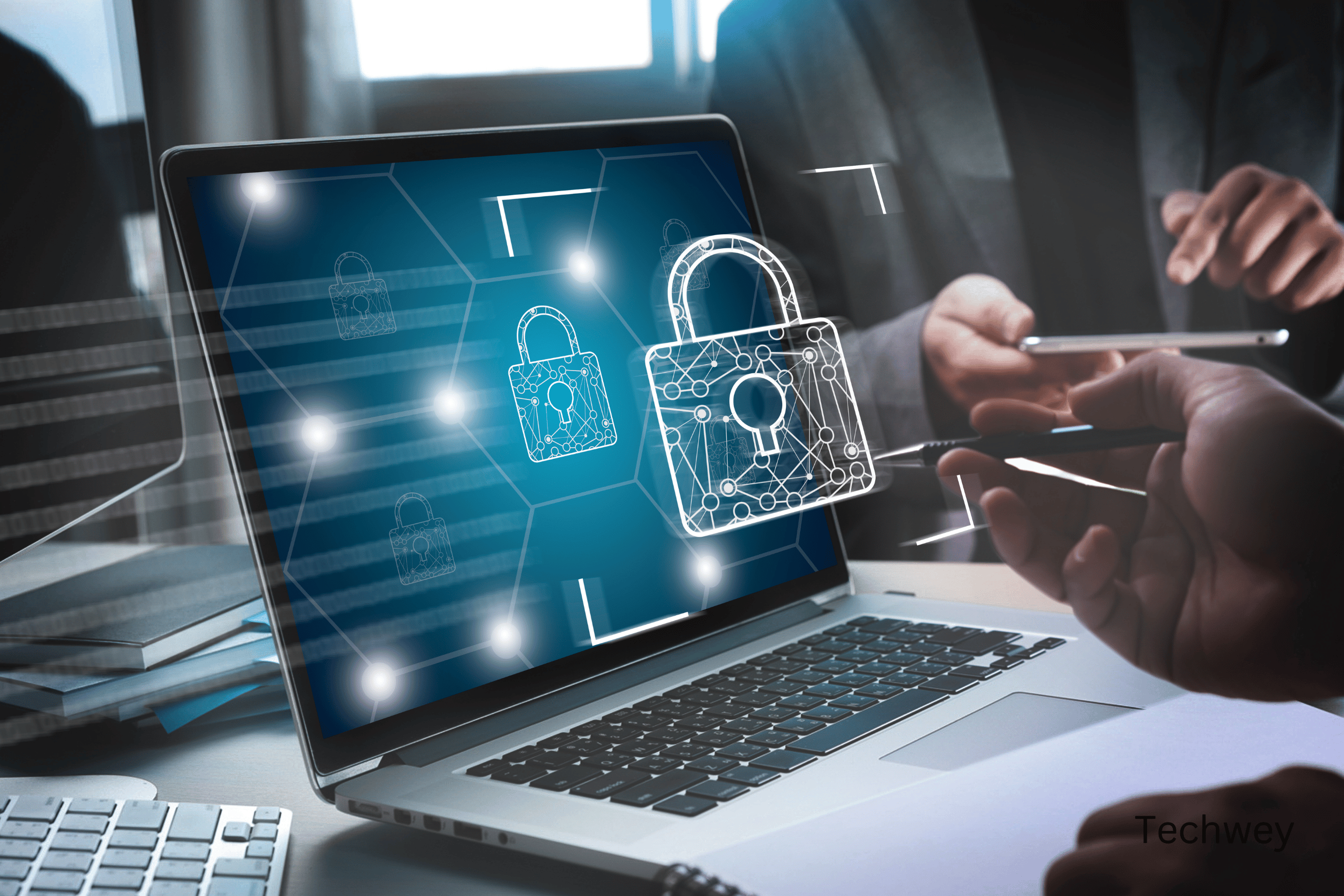
In today’s digital age, cyber threats are becoming more sophisticated, posing significant risks to both individuals and businesses. Hackers, phishing scams, and malware are constantly evolving, making cybersecurity a critical priority for everyone. This guide explores common cyber threats and practical measures to safeguard yourself online.
Understanding Cyber Threats
Cyber threats encompass malicious activities aimed at stealing, damaging, or disrupting data and computer systems. These threats can take various forms, including:
- Phishing Attacks: Deceptive emails or messages designed to trick users into revealing personal information.
- Malware and Ransomware: Harmful software that either steals sensitive data or locks files until a ransom is paid.
- Data Breaches: Incidents where hackers gain unauthorized access to sensitive personal or financial information.
- Identity Theft: The use of stolen data by cybercriminals to impersonate victims and commit fraudulent activities.
- Social Engineering: Manipulative tactics employed to extract confidential information from individuals.
These threats can cause significant harm, but understanding them is the first step toward protection.
Practical Cybersecurity Measures
1. Use Strong and Unique Passwords
Passwords act as the first line of defense against unauthorized access to your accounts. To ensure robust protection:
- Create passwords with at least 12 characters, including letters, numbers, and symbols.
- Utilize a password manager to generate and store strong passwords securely.
- Avoid reusing passwords across multiple accounts.
Weak passwords, such as “123456” or using personal details like names or birthdays, should be strictly avoided.
2. Enable Two-Factor Authentication (2FA)
Two-factor authentication adds an extra layer of security by requiring an additional verification step beyond your password. This could involve a one-time code sent to your phone or generated through an authentication app. Enabling 2FA on your email, banking, and social media accounts significantly reduces the risk of unauthorized access.
3. Stay Alert to Phishing Scams
Phishing is one of the most common cyber threats, involving fake emails or messages that appear to be from trusted organizations. To avoid falling victim:
- Scrutinize the sender’s email address for irregularities.
- Hover over links to verify their authenticity before clicking.
- Never share sensitive information, such as passwords or credit card details, via email or text.
For example, a fraudulent email claiming to be from “Amazon Support” might request your credit card details. Always verify such requests by logging in through the official website.
4. Keep Software and Devices Updated
Outdated software can have vulnerabilities that cybercriminals exploit. Regular updates patch these flaws and enhance security. Ensure you:
- Enable automatic updates for your operating system, applications, and antivirus software.
- Maintain updated firewalls and security patches.
- Remove unused apps that may be susceptible to attacks.
5. Avoid Public Wi-Fi Without a VPN
Public Wi-Fi networks are convenient but often unsecured, making them a hotspot for cybercriminals. To stay safe:
- Use a Virtual Private Network (VPN) to encrypt your internet connection.
- Avoid accessing sensitive accounts, such as banking apps, on public networks.
- Rely on mobile data when possible instead of public Wi-Fi.
Hackers can intercept login credentials on unsecured networks, putting your data at risk.
6. Be Cautious with Social Media Sharing
Oversharing personal information online can lead to identity theft and targeted scams. Protect yourself by:
- Limiting the amount of personal data shared on social platforms.
- Adjusting privacy settings to control who can view your posts.
- Avoiding interactions with suspicious profiles or accepting friend requests from strangers.
Cybercriminals can exploit details like your birthdate and hometown to guess answers to security questions, compromising your accounts.
7. Secure Your Smart Devices (IoT)
The growing popularity of smart devices, such as security cameras and voice assistants, introduces new cybersecurity risks. To safeguard these devices:
- Change default passwords immediately after setup.
- Keep firmware updated to the latest version.
- Disable unnecessary features, such as remote access, to reduce vulnerabilities.
Unprotected smart devices can be hacked, granting unauthorized access to sensitive areas like your home.
8. Back Up Your Data Regularly
Having backups ensures you don’t lose important files in case of a cyberattack. Adopt the following practices:
- Use cloud storage and external hard drives for backup.
- Set up automatic backups for crucial data.
- Store offline copies to prevent ransomware from encrypting all your files.
Staying Cyber-Safe
The threat of cyberattacks will continue to grow as technology advances, but adopting the right precautions can help you stay secure. By using strong passwords, enabling two-factor authentication, staying vigilant against phishing scams, and keeping your devices updated, you can significantly reduce your vulnerability to cyber threats.
Have you ever encountered a cybersecurity challenge? Share your experiences in the comments below and let’s learn from one another!




Leave a Reply